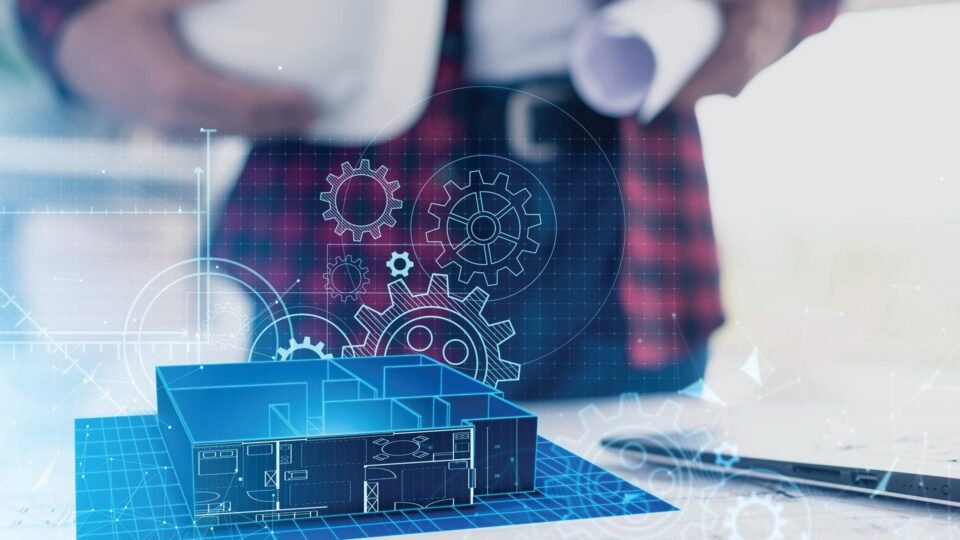Smart factories are evolving—AI is no longer just automating but thinking, adapting, and innovating. Are you ready for the shift?
Automation has long been the backbone of modern manufacturing, but efficiency alone is no longer enough. With market demands shifting unpredictably and supply chain disruptions becoming the norm, factories need more than rigid, pre-programmed machines. They need intelligence.
Enter cognitive AI—the next evolution of smart factories. Unlike traditional automation, which follows set instructions, cognitive AI learns, adapts, and makes decisions in real-time. This shift is redefining productivity, quality control, and human-machine collaboration.
Table of Contents:
1. AI-Powered Factories Are Thinking, Not Just Doing
2. AI Is Here to Augment, Not Replace
3. From Efficiency to Innovation
4. The Risks and Reality Check
1. AI-Powered Factories Are Thinking, Not Just Doing
The biggest leap forward is the ability of AI-driven systems to process vast amounts of real-time data, predict potential failures, and self-optimize. In 2025, predictive maintenance alone is expected to reduce machine downtime by up to 50% while increasing operational efficiency by 20-30%.
Smart factories powered by AI don’t just execute tasks; they analyze patterns, detect inefficiencies, and adjust production processes on the fly. This means manufacturers can respond instantly to market fluctuations without costly disruptions.
2. AI Is Here to Augment, Not Replace
While automation once raised fears of job losses, the reality is different. AI is proving to be a powerful collaborator rather than a competitor. Instead of replacing human expertise, it enhances it—handling repetitive tasks while workers focus on problem-solving and innovation.
By 2025, nearly 75% of manufacturers are expected to invest in AI-driven workforce augmentation. AI assists in decision-making, reduces cognitive overload, and enables employees to operate complex machinery more efficiently. The key challenge? Upskilling workers to work alongside AI, ensuring they are equipped to manage and interpret its insights.
3. From Efficiency to Innovation
Smart factories aren’t just about efficiency; they are becoming hubs for innovation. Cognitive AI is transforming how companies design products, manage supply chains, and optimize workflows.
Take AI-driven demand forecasting—by analyzing global trends, it helps manufacturers anticipate shifts in consumer demand, reducing excess inventory and waste. As a result, businesses can move from reactive strategies to proactive innovation.
4. The Risks and Reality Check
Of course, integrating AI into manufacturing isn’t without challenges. The biggest concerns? Data security, system interoperability, and ethical AI use. As AI systems collect and process sensitive industrial data, ensuring cybersecurity and ethical governance will be non-negotiable.
Additionally, legacy manufacturing systems weren’t designed to interact with AI-driven intelligence. Retrofitting these systems while maintaining operational continuity remains a key hurdle for manufacturers looking to transition seamlessly.
Intelligence as the New Competitive Edge
By 2025, the most successful manufacturers won’t be those that automate the most—but those that integrate AI most effectively. AI-powered factories will be self-learning, hyper-flexible, and capable of responding to disruptions in real-time.The true competitive advantage in the next decade won’t come from traditional automation but from cognitive intelligence—factories that think, adapt, and evolve. The question is no longer should manufacturers embrace AI, but rather, how smart can they make their factories?
Discover the latest trends and insights—explore the Business Insights Journal for up-to-date strategies and industry breakthroughs!

